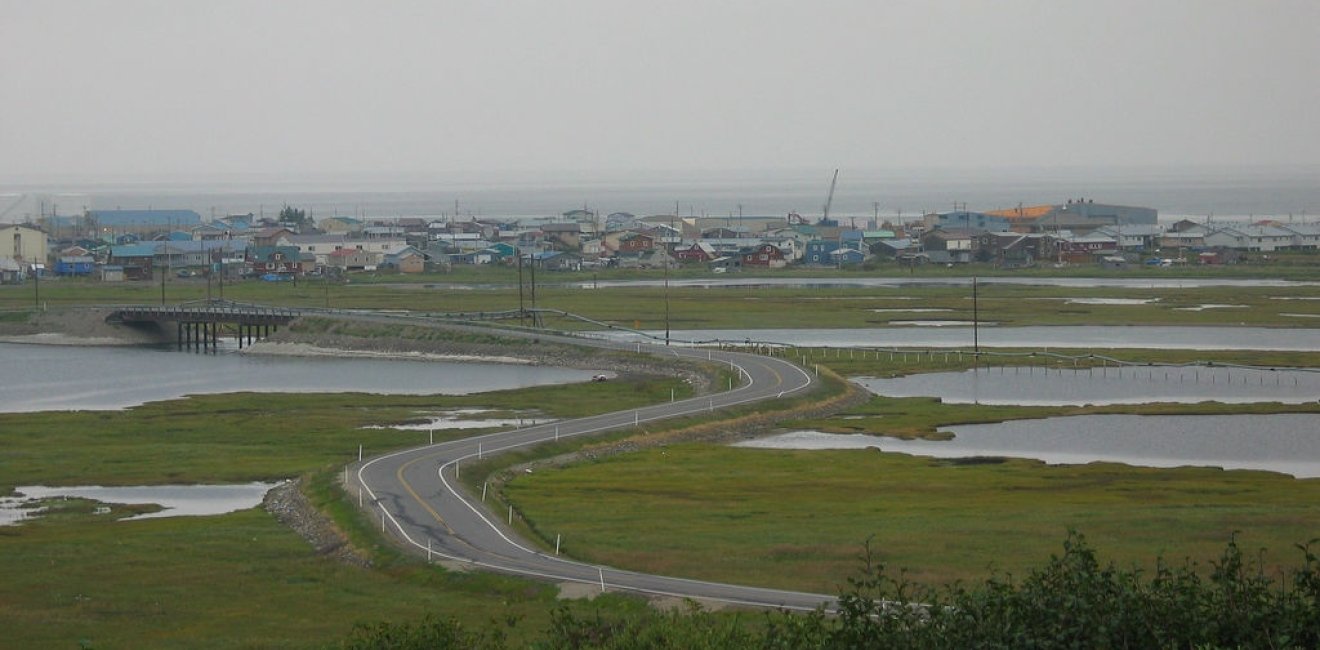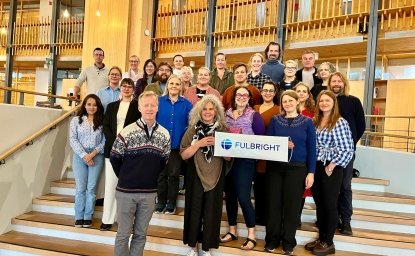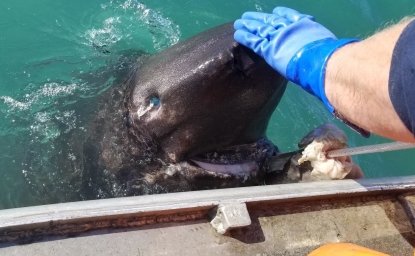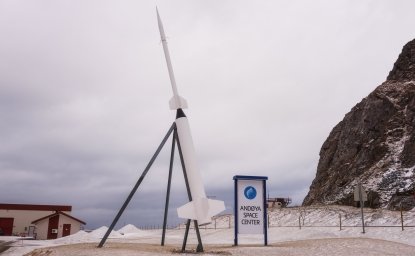Rumors that President Obama would visit Alaska have floated for six months. In mid-July we learned why: the U.S. Department of State hastily announced that the Conference on Global Leadership in the Arctic: Cooperation, Innovation, Engagement and Resilience (GLACIER) would take place on August 31, and the president planned to attend.
The laudable goals of the conference are to highlight challenges in the Arctic, look at innovative ways to address those challenges at various levels of government, and broaden global awareness of impacts of climate change in the Arctic. It promises to highlight the Arctic’s unique role in global climate change. But the Arctic is more the unwitting victim of what happens elsewhere in the world, it is a region that is rarely sought as an active participant to act in its own interests. Others in more temperate parts of the world make decisions from far away that determine the future of the region.
We can attribute to politics that the federal representatives of America’s Arctic—Alaska—have been ignored in the presidential visit. Happily, though, the 49th state’s two senators and its representative in Congress have been asked to speak at the GLACIER conference. Still, many decisions that affect the state that gives the United States a seat in the Arctic Council are made thousands of miles away with little input from local citizens.
Obama’s visit to Anchorage will give the GLACIER conference more gravitas than it otherwise might have had. It will be a way to engage non-Arctic states, including China, Japan, South Korea, and the EU, into a broader and necessary discussion of climate change. It will also bring Russia to the table for conversations on the Arctic and on climate change that are impossible in other settings where tensions over Ukraine and other hot-button topics get in the way.
Earlier this year the United States began its two-year chairmanship of the Arctic Council, which should be, in many regards, the place where consensus is achieved on big, non-military issues. However, the United States seems to be avoiding the Arctic Council for discussions on some issues normally discussed in that forum. An agreement signed in Oslo in July among the Arctic coastal states of Norway, Russia, Denmark, Canada, and the United States set forth a moratorium on fishing in non-sovereign Arctic waters, but this was not done under the auspices of the Arctic Council. The International Maritime Organization adopted important provisions of the Polar Code at its May meeting.
What seems to be driving the August 31 GLACIER conference in Anchorage is preparation for the United Nations Climate Change Conference that will take place in Paris in December. Alaska provides a good backdrop for the issue, since Alaska and the Arctic region are twice as vulnerable to climate change as other parts of the world. The administration is increasing momentum on action on climate change, and the Anchorage meeting bookends the month that began with the Clean Power Plan that was announced on August 3.
Alaska is getting more attention by the administration in areas hard hit by climate change. Interior Secretary Sally Jewell visited Kivalina in February, visiting an Inupiat community on a barrier island that is threatened by extensive coastal erosion due to increased wave activity during storms. The community must relocate but has received little help from the federal government for the move. Kivalina is not alone in its predicament.
The president intends to spend more time in Alaska than the one previous stopover on his way to Asia; he intends to become the first president to visit Arctic Alaska. Advance teams have been scouting for an appropriate venue for the president to visit, one not too difficult to get to but that will show the devastating effects of climate change on the Arctic environment. The White House has just announced that President Obama will visit Seward, Dillingham, and Kotzebue.
But what will the president leave behind? Many Alaskans fear an unwelcome announcement regarding the protection of more federal lands with little input from residents of the state. Will the president offer financial resources to move villages endangered by climate change? Will he commit to building at least one new icebreaker that can be used for security, maritime, and search and rescue? Will he support increased economic activity, the related infrastructure to take it to market, and alternative energy appropriate for Arctic conditions?
There is considerable potential for economic development in the Arctic, not just in the oil and gas sector. The devastating impacts of climate change are real, and the need for economic development just as real. The challenge of balancing the two is where the president can make his mark.
America needs to understand that Alaska is our Arctic. Obama should not use the state merely as a prop for climate change speeches. He should offer a few options for Alaskans to improve their condition.






